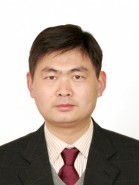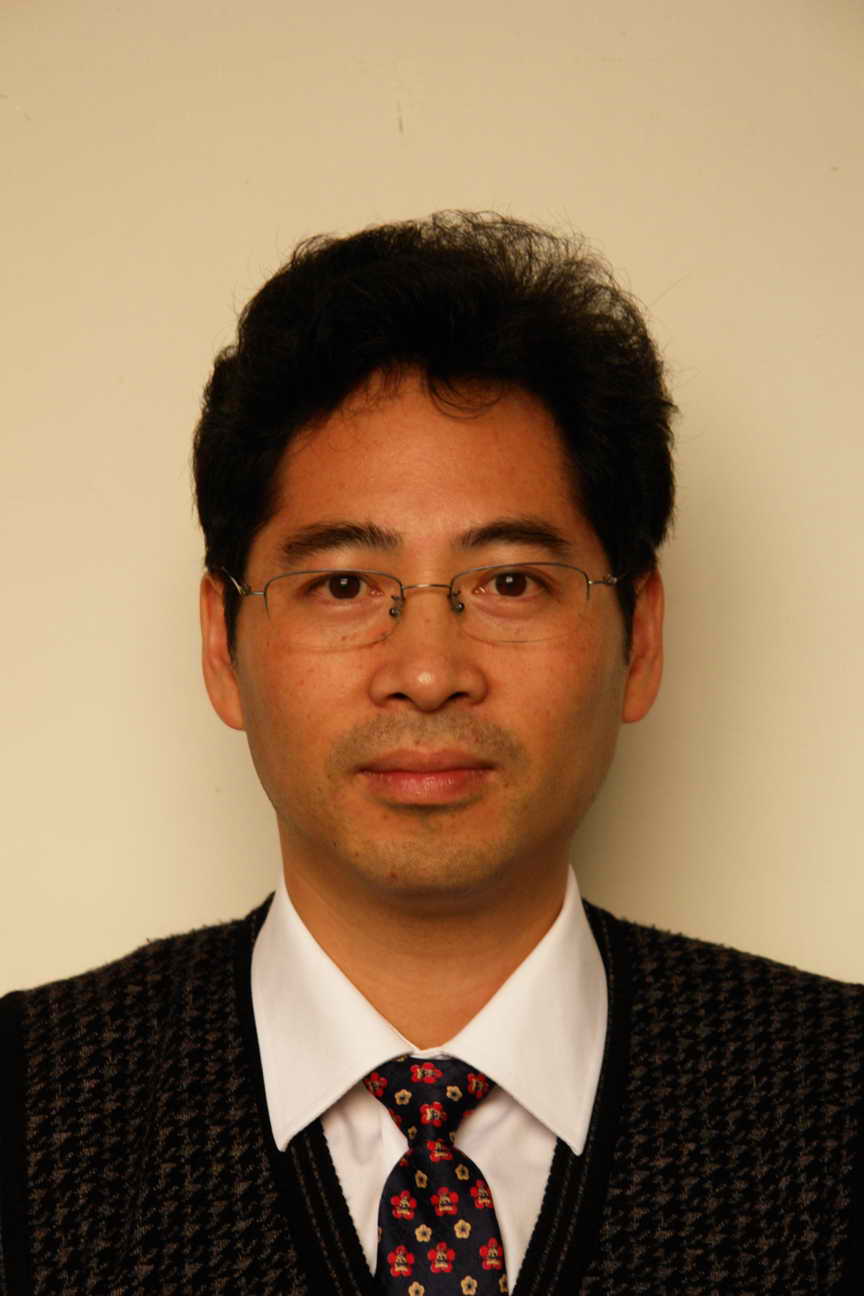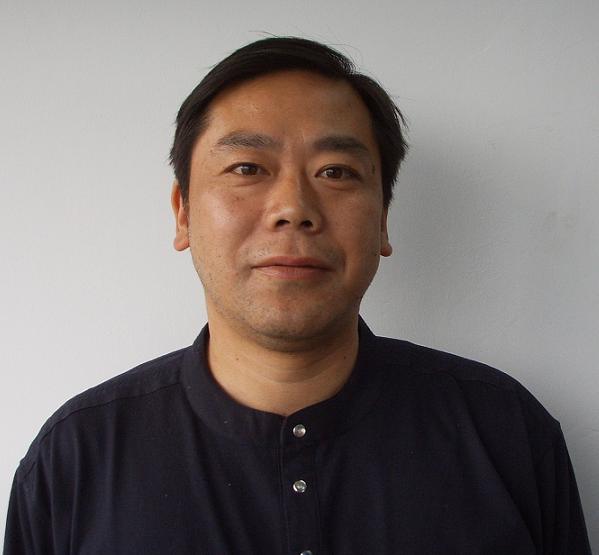CG & CAGD
Computer aided geometric design (CAGD) studies the computer representation, analysis and synthesis of geometric shape information, which is mainly used in geometric shape design in industrial fields such as shipbuilding industry, aviation industry and automobile manufacturing industry. It is the theoretical basis of industrial modeling software. The CAGD group in the school of Mathematical Sciences of Zhejiang University was established in the 1970s. Over the past 40 years, it has made a series of research achievements in the field of curve and surface design and calculation, such as geometric continuity theory, discrete B-spline theory, a series of curve and surface approximation algorithms, and geometric iteration methods, and won the third prize of National Natural Science and the second prize of National Natural Science.
In recent years, some new methods and new directions have emerged in the field of CAGD. Firstly, new methods such as geometric iteration method and progressive-iterative approximation are developed continuously, which brings convenience to curve and surface modeling; Secondly, with the in-depth study of isogeometric analysis, the research on parametric surfaces and parametric solids suitable for analysis and manufacturing, and the modeling technology based on physical simulation, have become new research directions in the field of geometric design; Finally, the development of computational topology provides powerful theoretical support and technical tools for topology control in geometric modeling, and new technologies such as topology sensitive reconstruction methods appear. At present, the research directions of CAGD group include geometric iteration method, nonlinear subdivision, isogeometric analysis, topology design and so on.
-
Computer aided geometric design (CAGD) studies the computer representation, analysis and synthesis of geometric shape information, which is mainly used in geometric shape design in industrial fields such as shipbuilding industry, aviation industry and automobile manufacturing industry. It is the theoretical basis of industrial modeling software. The CAGD group in the school of Mathematical Sciences of Zhejiang University was established in the 1970s. Over the past 40 years, it has made a series of research achievements in the field of curve and surface design and calculation, such as geometric continuity theory, discrete B-spline theory, a series of curve and surface approximation algorithms, and geometric iteration methods, and won the third prize of National Natural Science and the second prize of National Natural Science.
In recent years, some new methods and new directions have emerged in the field of CAGD. Firstly, new methods such as geometric iteration method and progressive-iterative approximation are developed continuously, which brings convenience to curve and surface modeling; Secondly, with the in-depth study of isogeometric analysis, the research on parametric surfaces and parametric solids suitable for analysis and manufacturing, and the modeling technology based on physical simulation, have become new research directions in the field of geometric design; Finally, the development of computational topology provides powerful theoretical support and technical tools for topology control in geometric modeling, and new technologies such as topology sensitive reconstruction methods appear. At present, the research directions of CAGD group include geometric iteration method, nonlinear subdivision, isogeometric analysis, topology design and so on.










